Better Mobility, Enough Firepower
During the Cold War, Japan’s Army (JGSDF) was always about repelling a Soviet invasion from northern Hokkaido, ultimately amassing the bulk of its armored units there.
But, with the Soviet threat gone and the main focus shifting towards island defense in the south, the number of tanks have dwindled from 1,200 to just 300 over the years. Though tanks are still maintained in Hokkaido and Kyushu, areas close to Russia and the Korean Peninsula respectively, tank battalions stationed on Honshu and Shikoku have been abolished as a result.
The divisions/brigades in these regions will be converted into a rapid reaction forces to ensure a quicker, more mobile response towards evolving threats.
This is where the new, more agile Type 16 MCV (Maneuver Combat Vehicle) enters the picture as JGSDF’s latest wheeled armored fighting vehicle to re-equip the reorganized divisions/brigades.
- General Overview
Mass 26 tons (standard) Length 8.45m (27.7ft) Width 2.98m (9.77ft) Height 2.87m (9.42ft) Crew 4 people Maximum Speed 100km/h (62mph) Operational Range 700km/435miles Armament 105mm rifle gun
12.7mm machine gun
7.62mm machine gunUnit Price 8〜9million USD
Entering service in 2016, the Type 16 MCV was designed to replace the aging Type 74 tank and provide existing combat units with a more mobile, but sufficient firepower.
Thanks to its light weight (18 tons less than the Type 10 tank), the MCV can be swiftly deployed by the C-2 transport plane, a feature advantageous during island defense.
Of course, the 4×4 wheeled vehicle is capable of rapidly moving on land, easily passing through most bridges, narrow roads, and speeding up to 100km/h or 62mph on paved roads.
In this manner, the Type 16 MCV can travel long distances and deploy to remote areas on its own, whereas conventional tanks normally require transporters or railcars.
Although wheeled vehicles fall short in off-road capabilities, considering Japan’s well-developed road infrastructure with highways and national roads extending throughout the nation, this would not pose a serious issue for the MCV.
On the contrary, ongoing technological developments to reduce vibrations on unpaved terrain is expected to improve such off-road capability in the near future.
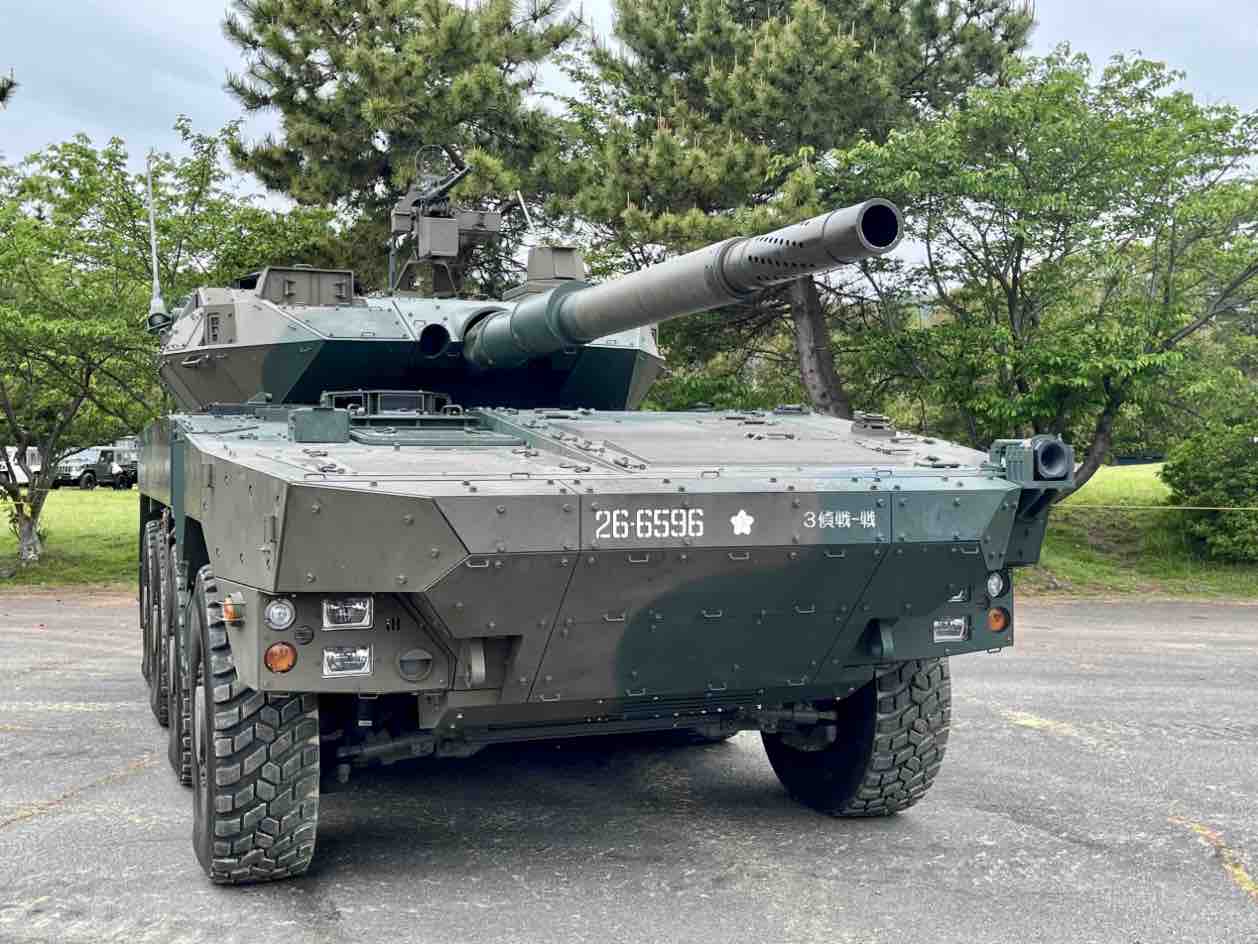 The combat tires brings great mobility
The combat tires brings great mobility
Now, moving on to the subject of firepower.
The MCV’s main weapon of choice is a 105mm rifle gun, intended to utilizing the same ammunition from retired Type 74 tanks. Consequently, the MCV can fire anti-tank shells, but it would be better to use them in an ambush situation rather than a head-on tank battle.
While the MCV’s firepower cannot match that of the recent tanks equipped with 120mm guns, it is more than enough for providing fire support as well as attacking other armored fighting vehicles.
Furthermore, the MCV is equipped with the latest anti-recoiling technology and fire control system which brings about excellent stability and accurate targeting. Such technologies were born during the development of the Type 10 tank, so the MCV can be anticipated to perform in a similar manner, though it falls behind in firing speed due to the absence of an automatic loading system.

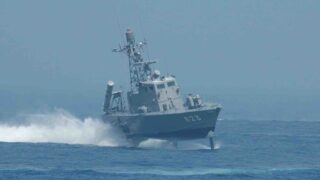
-320x180.jpg)
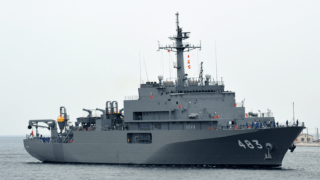

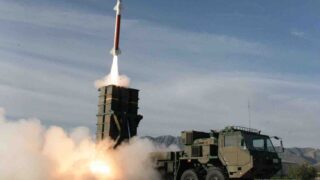
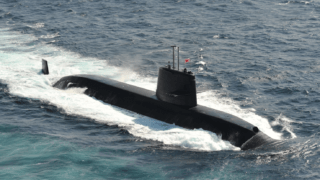
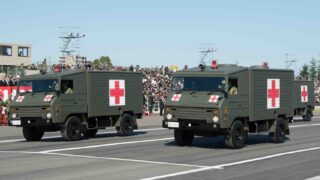
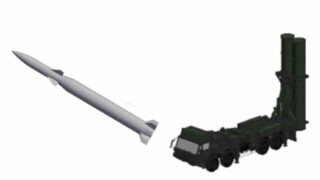
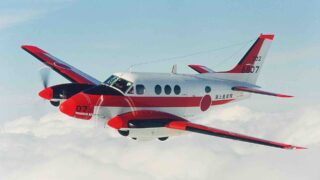
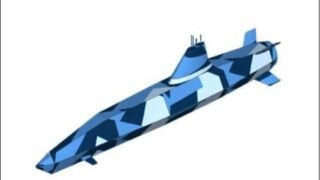
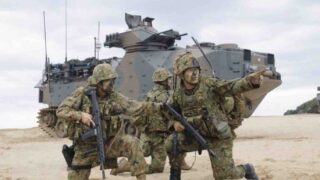

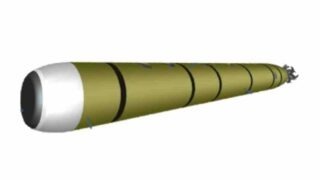
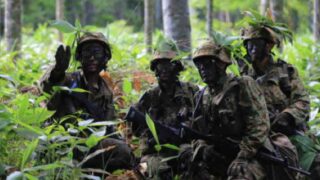
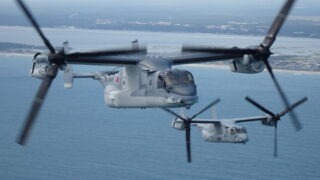
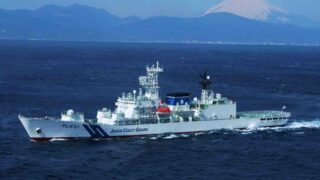
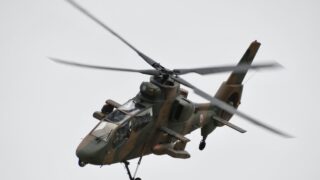
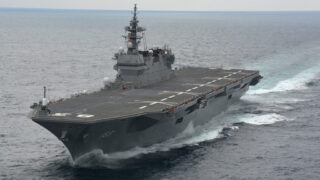
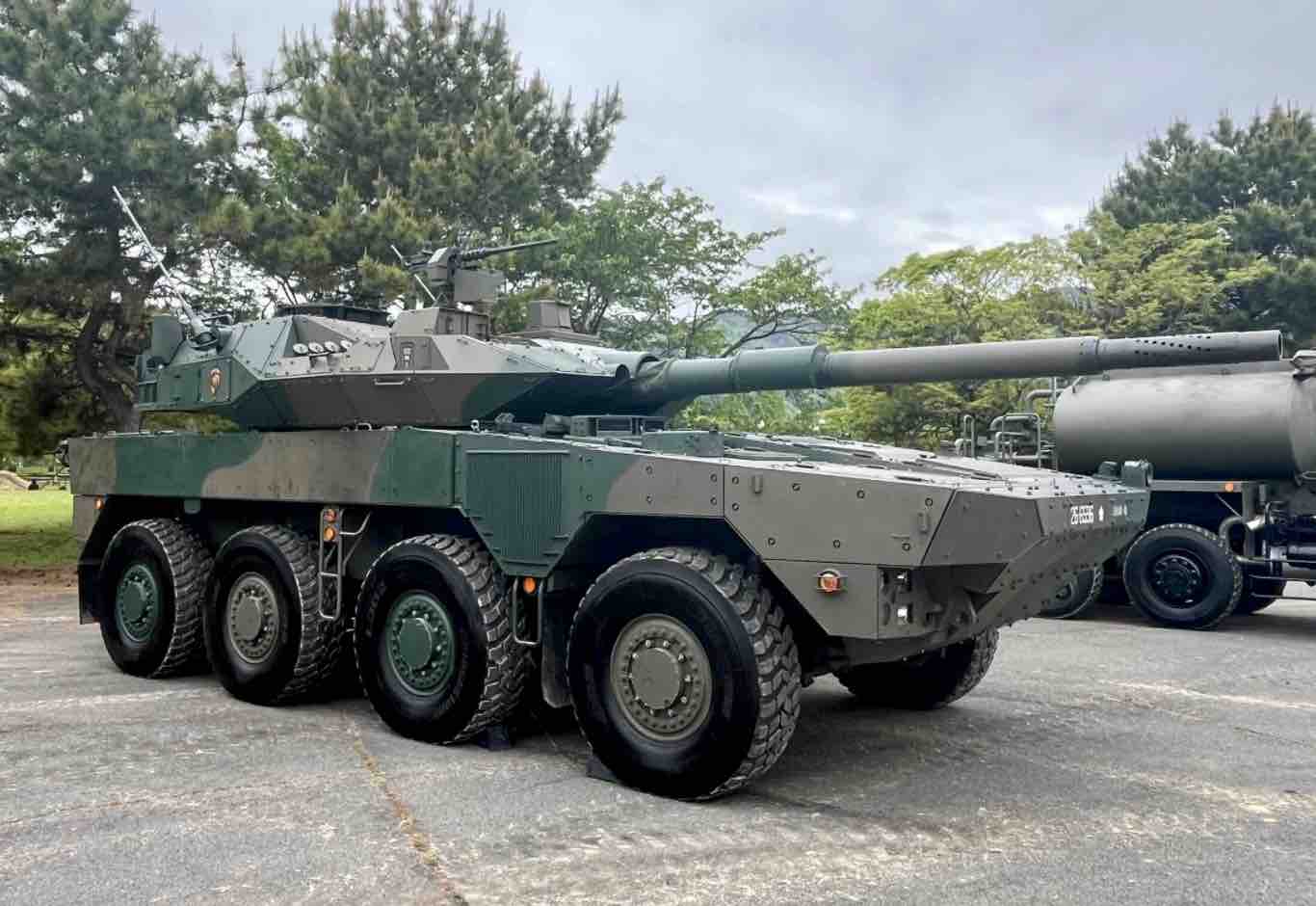
Comments